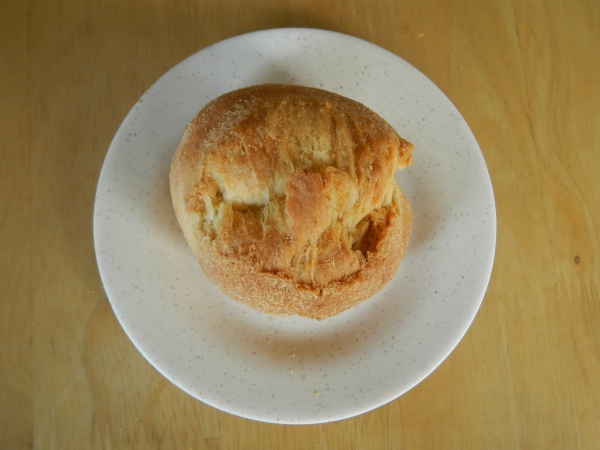Facts About Pandesal
Pandesal, also known as pan de sal, is a cherished bread roll in the Philippines crafted from a simple blend of flour, eggs, yeast, sugar, and salt. The dough is shaped into long logs, rolled in bread crumbs, and baked into individual rolls. Often served warm, pandesal can be enjoyed plain or with an array of toppings and fillings such as butter, cheese, jam, eggs, sardines, or meat. Interestingly, despite its name suggesting a salty flavor, pandesal is slightly sweet.
There are several delightful variations of pandesal. For example, Spanish bread features butter or margarine and often includes sweet fillings. On Siargao Island, you can find "pan de surf" an oval-shaped version baked in ovens fueled by coconut husks, often sold alongside pan de coco. Another variant is malunggay pandesal, which incorporates dried and ground moringa leaves for a nutritional boost. A modern favorite is ube cheese pandesal, which is made with purple yam and cheese filling, giving it a distinctive purple hue.
The history of pandesal dates back to its predecessor, pan de suelo, a Spanish-Filipino adaptation of the French baguette that was baked on the floor of a wood-fired oven. During the American colonial period in the early 1900s, the introduction of cheaper American wheat led to a shift from the traditional wheat flour to more affordable alternatives, resulting in the softer texture of pandesal that we know today.
Nowadays, pandesal remains a breakfast staple in the Philippines, cherished for its versatility and unique taste. Whether enjoyed plain or with a variety of fillings, it continues to be a delightful treat for many.
